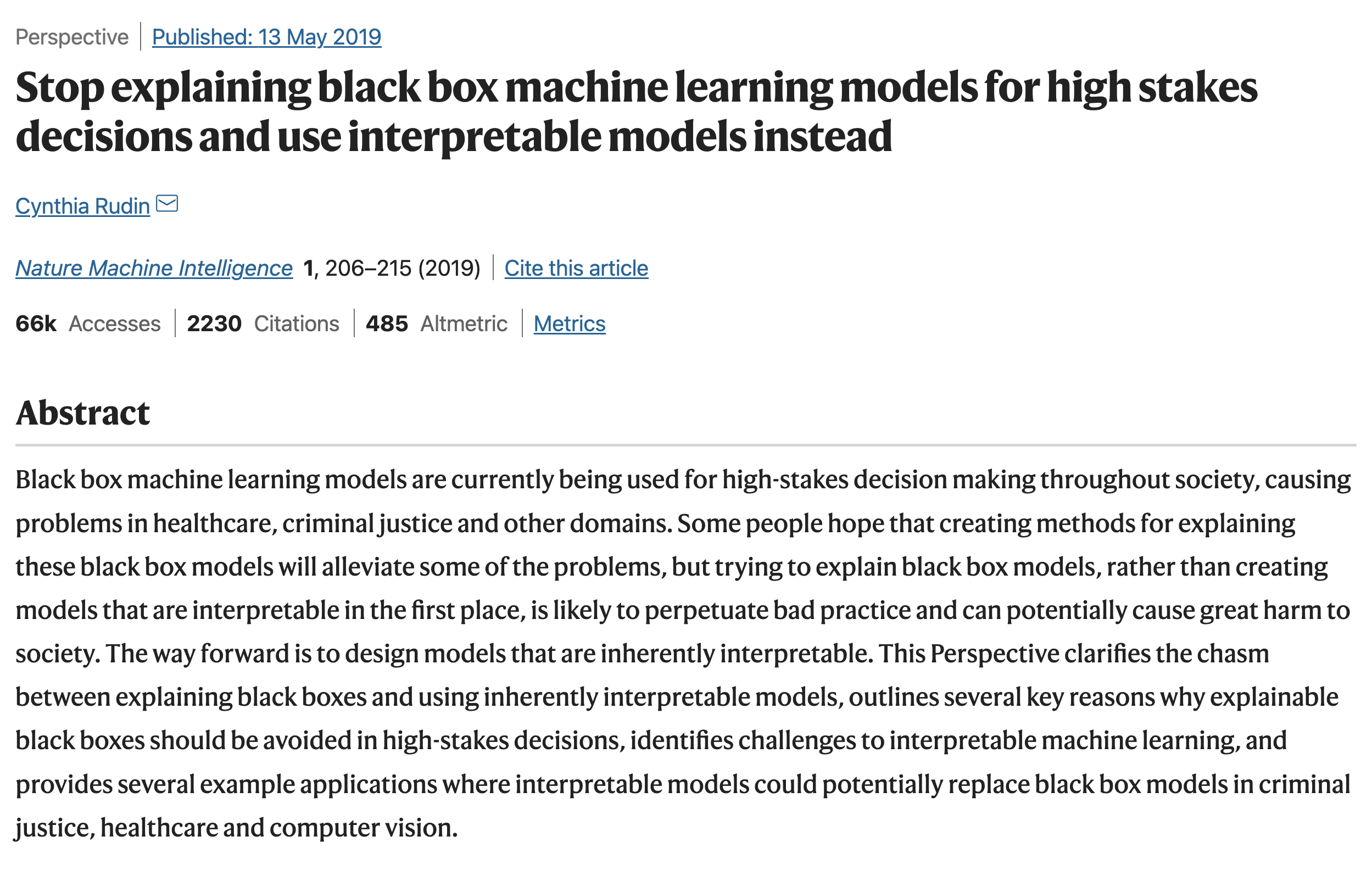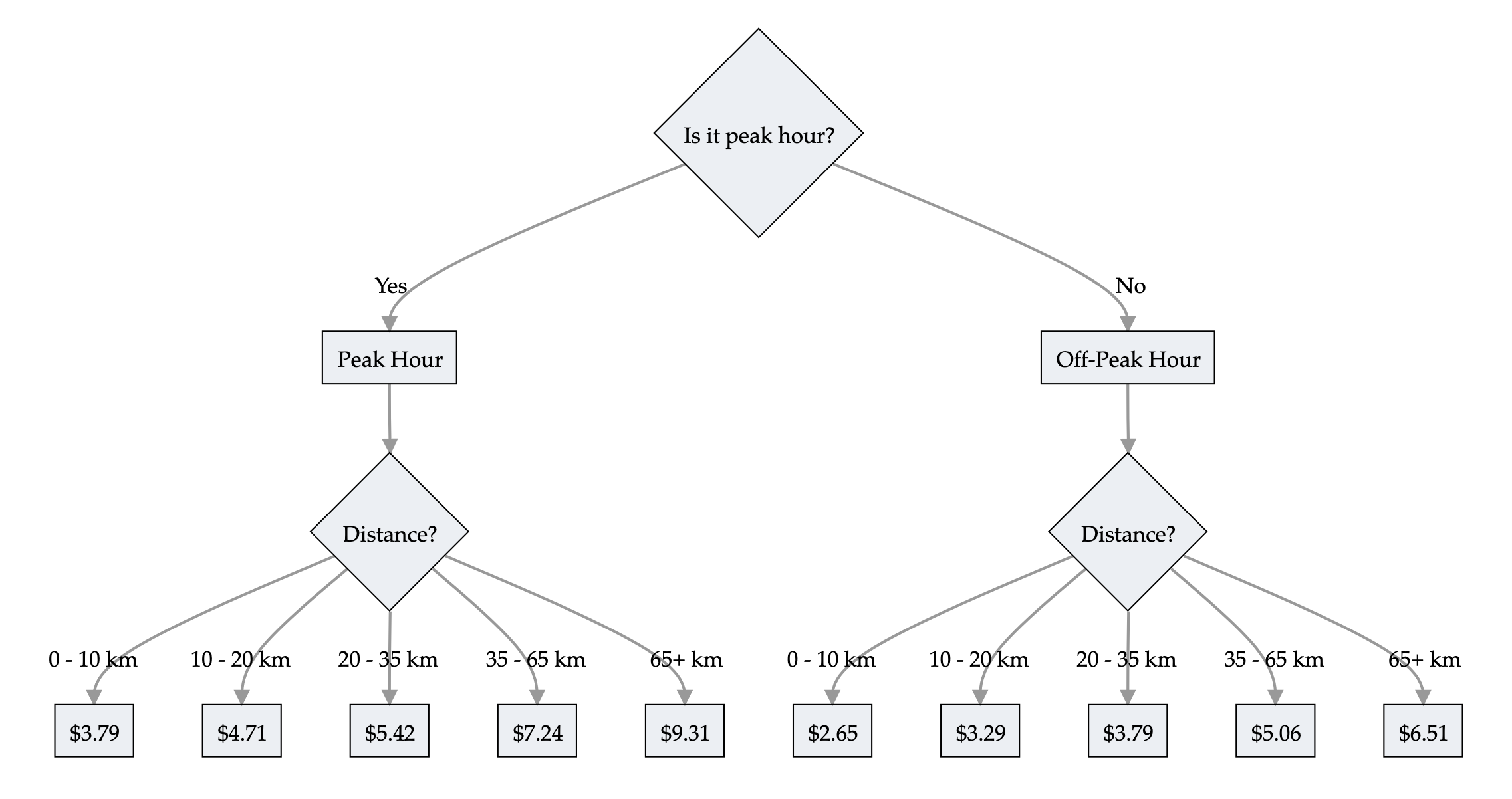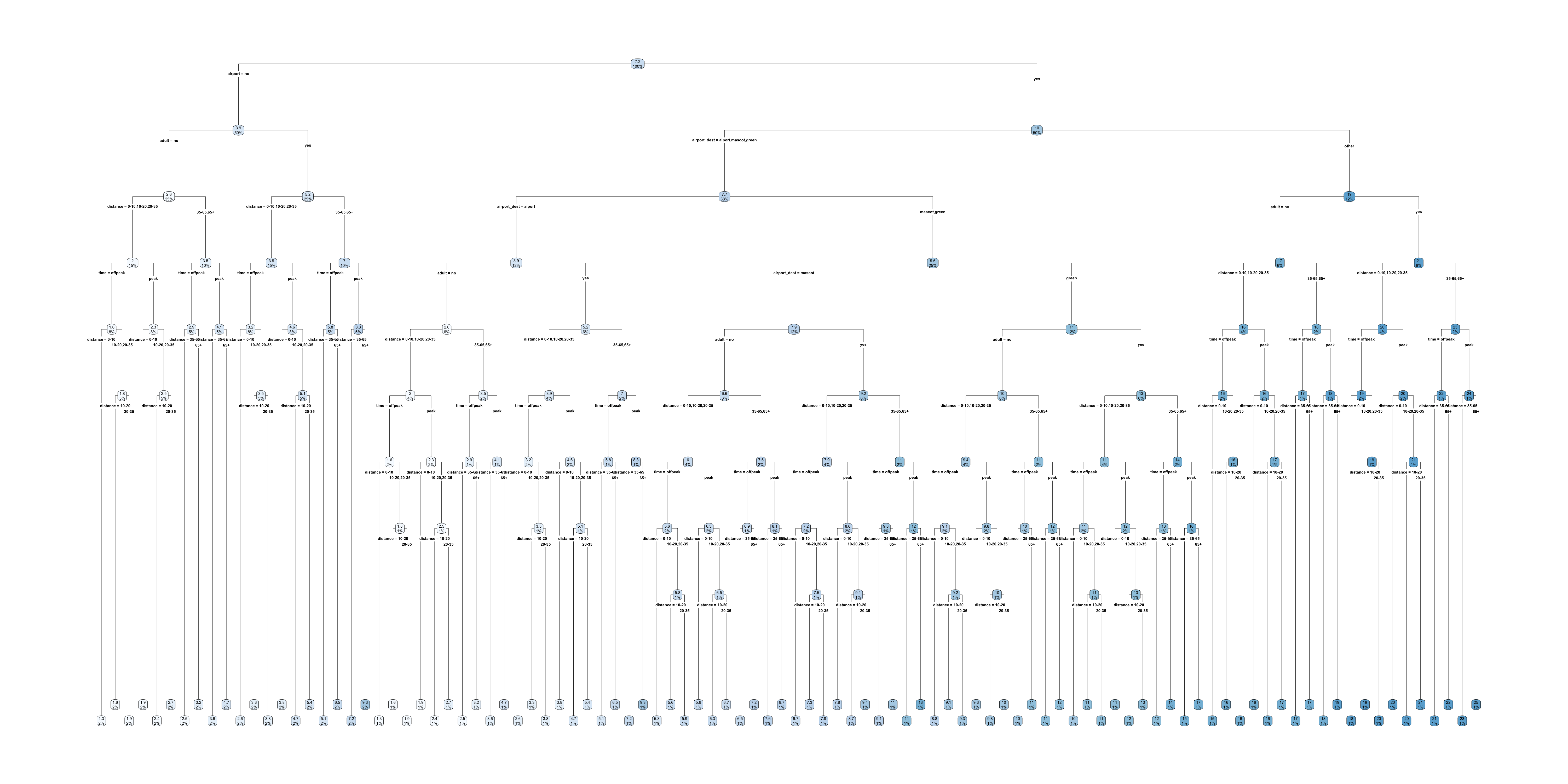['v3', 'v2', 'vehicle', 'involved', 'event', 'harmful', 'stated', 'motor', 'WEATHER8', 'left', 'v1', 'just', 'turn', 'traveling', 'approximately', 'medication', 'hurry', 'encroaching', 'chevrolet', 'parked', 'continued', 'saw', 'road', 'rest', 'distraction', 'ahead', 'wet', 'hit', 'WEATHER5', 'WEATHER6', 'WEATHER4', 'old', 'v4', '48', 'rested', 'direction', 'occurred', 'kph', 'clear', 'right', 'miles', 'uphill', 'WEATHER3', 'denied', '80', 'attempt', 'thinking', 'assumption', 'damage', 'runs', 'time', 'consisted', 'following', 'towed', 'WEATHER1', 'alcohol', 'mph', 'pickup', 'lane', 'conversing', 'make', 'started', 'maneuver', 'stopped', 'store', 'car', 'local', 'dry', 'median', 'south', 'driver', 'higher', 'pre', 'northbound', 'impacting', 'congested', 'health', 'southwest', 'gmc', 'observed', 'parking', 'partially', 'heart', 'shoulders', 'shoulder', 'southeast', 'came', 'heard', 'gap', 'southbound', 'conditions', 'contacted', 'change', 'compact', '2002', 'cell', 'causing', 'oldsmobile', 'half', 'hard']









